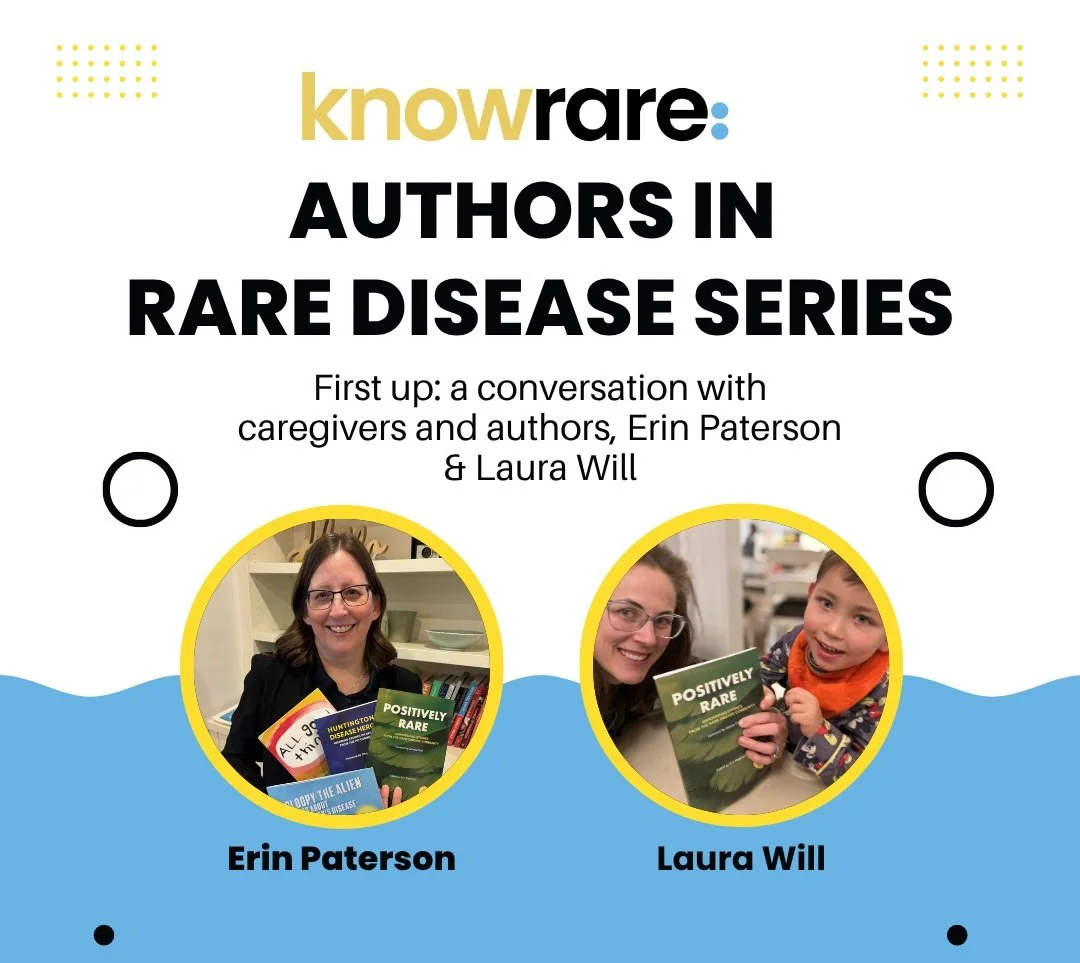Rare Cancer Research: Leading the Way to the Development of New Cancer Therapies

Any cancer diagnosis is a difficult one; however, being diagnosed with a rare cancer can be particularly challenging as most cancer research focuses on the four major malignancies: prostate, lung, breast, and colon cancer. When patients with rare cancers wish to participate in clinical trials, there are typically fewer choices and the research sites may be at a few select, high-volume centers. However, research into rare cancers, like other rare diseases, can have a larger impact on the development and delivery of new cancer therapies to patients.
Rare cancers individually affect fewer than 6 in 100,000 people a year in the US (13% of all cancers diagnosed in adults), and in the EU, around 640,000 people are diagnosed with rare cancers (24% of all cancers diagnosed in the EU). Rare cancers can occur throughout the body, and some common locations are the oral cavity and pharynx, digestive system, and locations within the respiratory system.
Rare cancers, like other rare diseases, may often be characterized by:
Delayed or incorrect diagnosis
Lack of access to clinical expertise about the disease
Limited availability of clinical trials, a small number of sites for patient participation
Few available registries and tissue banks for future learning
However, many of today’s cancer therapies were originally researched in studies for rare cancers. In an analysis of new cancer drugs approved by the FDA from 1995 to 2005, 12 out of 51 were approved for the four major cancers, while the majority were approved for rare cancers. Here are a few examples:
· 10 years ago, researchers studying rare Fanconi anemia gained a greater understanding of bone marrow failure, cancer, and the resistance to chemotherapy. (N Engl J Med. 2010 May 20;362(20):1909-19.)
· Researchers studying Wilms’ tumor, a rare children’s cancer, developed a “model” for exploring genetics and cell biology which was later applied to general cancers in children and adults. (Methods Mol Biol. 2003;222:239-48.)
· When researchers were studying an investigational medication for the treatment of chronic myeloid leukemia (CML), seminoma, and gastrointestinal stromal tumor (GIST) it opened the door for the development of “molecularly targeted therapies” and led to a whole new category of cancer therapies, tyrosine kinase inhibitors. (Curr Opin Cell Biol. 2009 Apr;21(2):288-95. Epub 2009 Feb 11.) (Curr Pharm Des. 2009;15(2):120-33.)
Exploring rare cancer has led to research into the triggers of the growth and spread of tumors, and potentially how to target them with innovative therapies.
Sources:
1. https://www.rarecancerseurope.org/About-Rare-Cancers/The-Added-Value-of-Research-on-Rare-Cancers. Updated 2019. Accessed November 5, 2020
2. Joint Action for Rare Cancers Europe Brochure: www.jointactionrarecancers.eu. Accessed November 5,2020.
3. Braiteh F, and Kurzrock R. Uncommon tumors and exceptional therapies: paradox or paradigm? Mol Cancer Ther 2007;6(4).
Sponsored by Boehringer Ingelheim






























